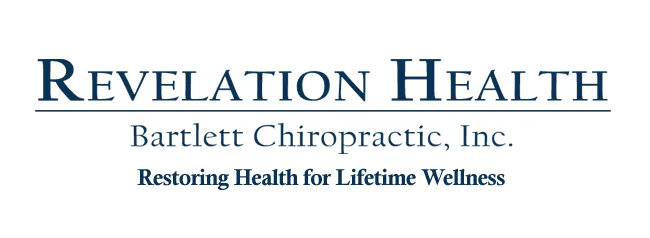Just like the well-known, best-selling American truck, your body is built to last. But if it's built to last, why do so many people have serious problems with their bodies? If a human body is built to last, why does it seem to break down so easily?
The pharmaceutical industry earns billions of dollars each year, profiting from the tendency of so many people to suffer from debilitating disease. For example, osteoporosis affects more than 10 million women in the United States. The disorder involves loss of bone mass and may lead to fractures of the hip and lumbar vertebras, both of which may have severe consequences. In June 2010 a new drug was approved by the FDA to help prevent such fractures in postmenopausal women.
It is estimated that 55% of all Americans older than age 50 either have low bone mass or have lost sufficient bone mass to have received a diagnosis of osteoporosis.1 But if our bodies are built to last, why is the prevalence of osteoporosis so high? It doesn't make sense that our internal systems are simply designed to fail.
It is much more likely that our bodies are designed to withstand a tremendous amount of wear and tear. Human bodies are self-healing, self-renewing, and self-replicating machines. A human cell's most basic survival systems are based on deep complexity. Yet once a woman reaches menopause she joins a group of individuals at risk for losing a significant amount of bone mass and developing osteoporosis. What is wrong with this picture?
The hidden factors, revealed only upon close analysis and understanding, relate to lifestyle - what it is that we're doing with our bodies. If your driving style consists of flooring the accelerator and alternately slamming on the brakes, you'll quickly burn out the brake lines and ruin the tires of your fine built-to-last truck. If you rarely change the oil and oil filter your truck's performance will seriously degrade. If you ignore traffic signals and highway signs you'll probably crash your vehicle.
Defective care and maintenance and dangerous driving will drastically shorten the useful lifespan of your truck. The truck may be built-to-last but you've effectively voided the warranty. The day will quickly come, much sooner than anticipated, that you'll be forced to junk your truck.
This extended metaphor is exactly analogous to how we live our lives. Much recent research demonstrates that lifestyle is responsible for a large proportion of all cases of cancer, heart disease, and diabetes. For example, 82% of coronary deaths in women may be related to individual health behaviors.2 The main strategy to prevent loss of bone mass and osteoporosis is to engage in regular vigorous, weight-bearing exercise.3
From a broader perspective, the main strategy to preventing disease in general is to eat a healthy, diverse diet, do vigorous exercise regularly, get sufficient rest, and ongoingly engage in rewarding, fulfilling activities with family and friends. Our bodies are built to last. How long they last, to a large extent, is up to us.
